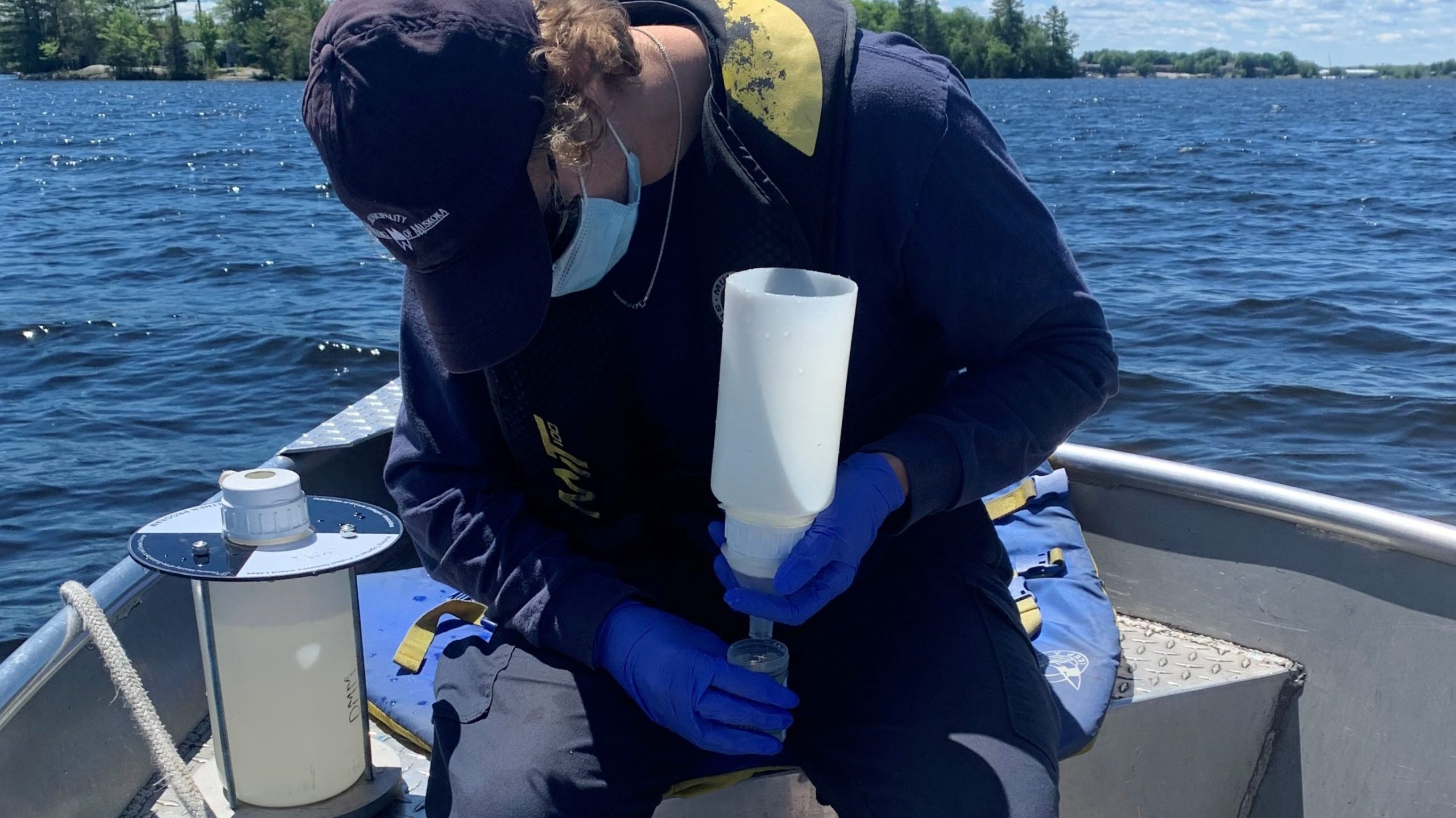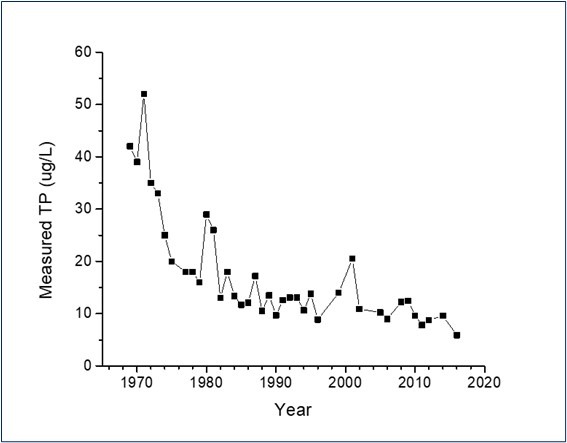Phosphorus can be cleaned up from Muskoka’s lakes
New sources and ‘internal loading’ need to be addressed, though.
By Dr. Neil Hutchinson

The 1960s were a time of increasing environmental awareness in North America. As a teenager, I was captivated by images of algal blooms, oxygen loss and fish kills in Lake Erie and the realization that our activities could harm such a large body of water.
After much debate, and denial from some quarters, scientists confirmed that excess phosphorus was the culprit. Although phosphorus is an essential nutrient for aquatic systems, problems arise when there is too much. In this case, the culprit was high phosphate levels in our detergents and our sewage, and the absence of technology to remove phosphorus in our wastewater treatment plants.
Luckily for Lake Erie, and other similar lakes, the scientists were persistent and the public demanded action. As a result, high phosphate detergents were banned, wastewater treatment improved, and Lake Erie recovered. This was a big and important lesson — the natural system is resilient and usually will recover from pollution if we stop the source.
We saw similar results in Muskoka. In the 1960s and 1970s, Gravenhurst Bay received wastewater from the Town of Gravenhurst that was treated, but not for phosphorus removal. The bay suffered from algal blooms and loss of oxygen. The problem was clear, to the point early experiments in wastewater phosphorus removal were carried out by scientists at the Ontario Ministry of the Environment. The treatment processes were improved, the wastewater discharge was ultimately moved into the main basin of Lake Muskoka in the 1990s, and Gravenhurst Bay recovered.

Wastewater treatment plants have improved since 1965 and now remove over 99% of phosphorus from sewage effluent. This has had enormous benefits to water quality in our lakes – including Gravenhurst Bay shown here.
Data from Ontario MECP and DMM.
Today, Muskoka has excellent wastewater treatment and sound shoreline management policies, such that almost all of our lakes have phosphorus concentrations that are stable, or even declining. The same is true throughout Ontario, where new or expanded wastewater treatment plants routinely remove over 99 per cent of the phosphorus from our sewage.
While this is indeed good news, it is not the whole story. For, while we have successfully tackled phosphorus pollution from point-source discharges like treatment plants; two new sources have become important. One is surface water running into our lakes from agricultural lands and urban areas and providing phosphorus and other pollutants from erosion, animal waste, stormwater and fertilizer residues. As a result, Lake Erie once again suffers from algal blooms but now the culprit is runoff from the watershed. Lake Simcoe is another example in which this is the dominant phosphorus source. Runoff remains largely uncontrolled and the lake suffers.
The other emerging problem is “internal loading” — phosphorus released from the bottom sediments of a lake under conditions of no oxygen (anoxia) when the lake is stratified and does not mix (generally at the end of summer). From there, it is available to harmful algae that can migrate down to the deeper waters of the lake to absorb it or it enters the main circulation of the lake.
This used to be considered a rare phenomenon, restricted to lakes that were already phosphorus enriched or which were naturally anoxic by virtue of their shape. Climate change, however, means we now see more cases and more severe cases of anoxia as our lakes get warmer and stay stratified longer.
So the good news is that we know how to remove phosphorus from our waste streams and, when we do so, our lakes recover. But we must look beyond “big pipes” for pollution sources, remaining vigilant for other sources of known pollutants, or for symptoms in the ecology of our watershed that may reveal new problems. When we find them — we must act.

This is the ninth in a series of articles from Muskoka Watershed Council on “The State of Our Watershed” on MuskokaRegion.com. Each explores environmental issues and management challenges revealed in our 2023 Muskoka Watershed Report Card. This week’s contributor is Neil Hutchinson, a retired aquatic scientist, Bracebridge resident and director, Muskoka Watershed Council, Friends of the Muskoka Watershed, and Georgian Bay Forever.
